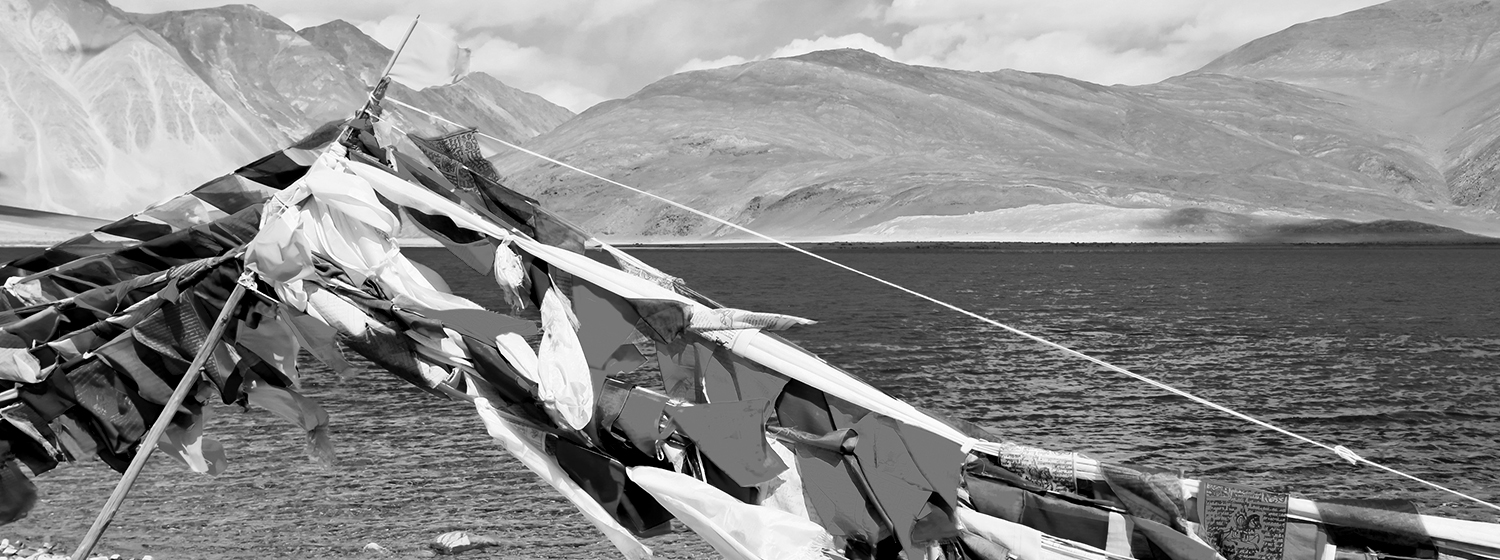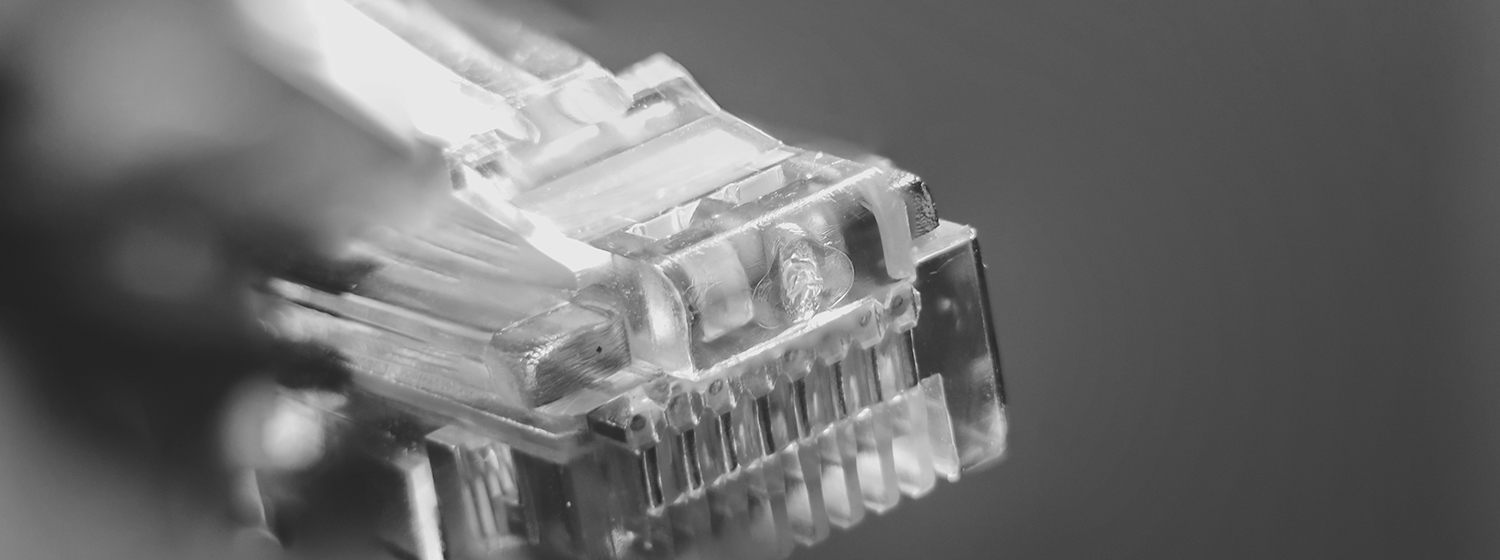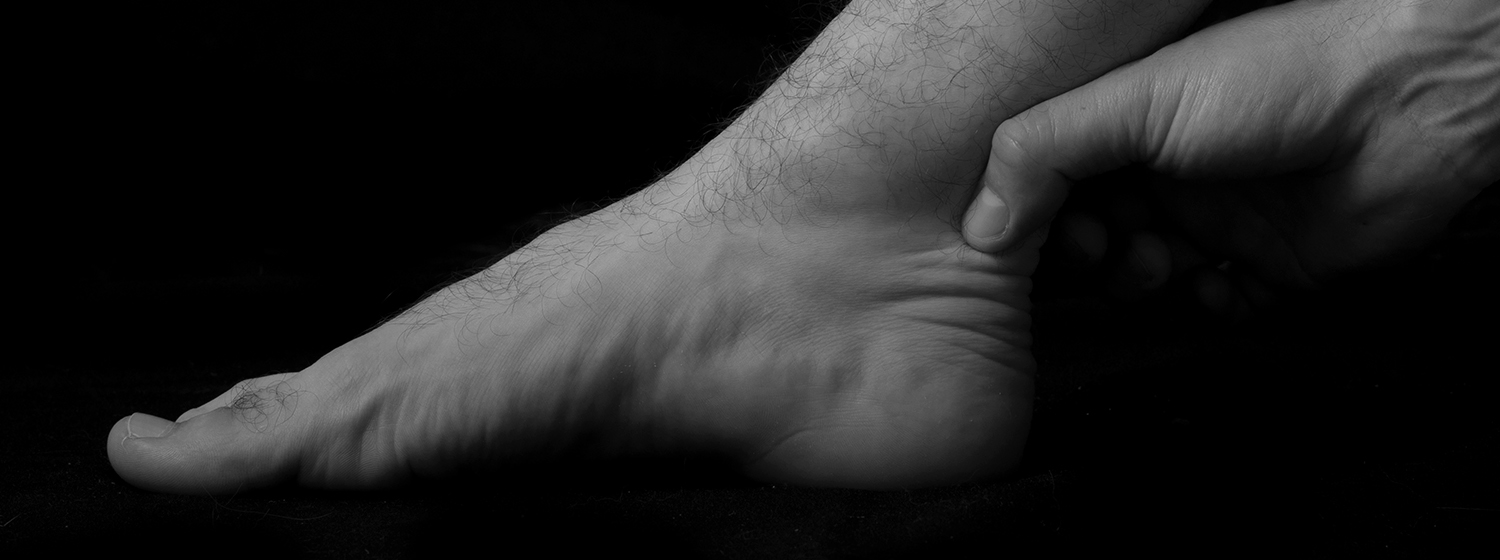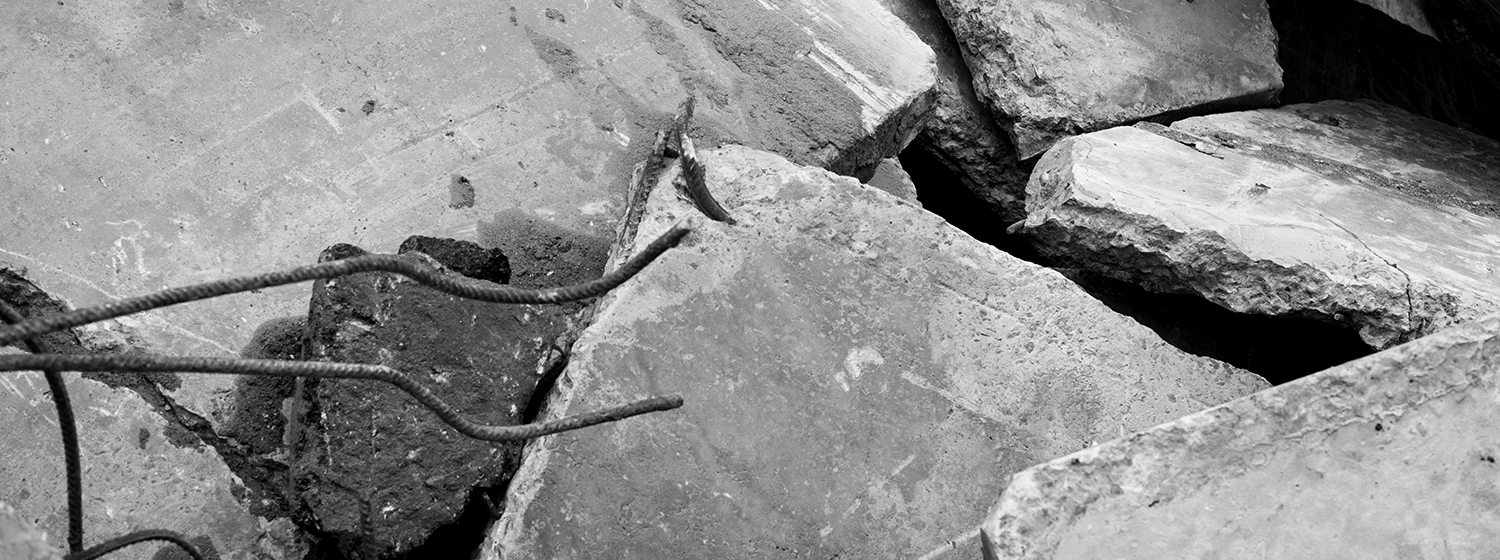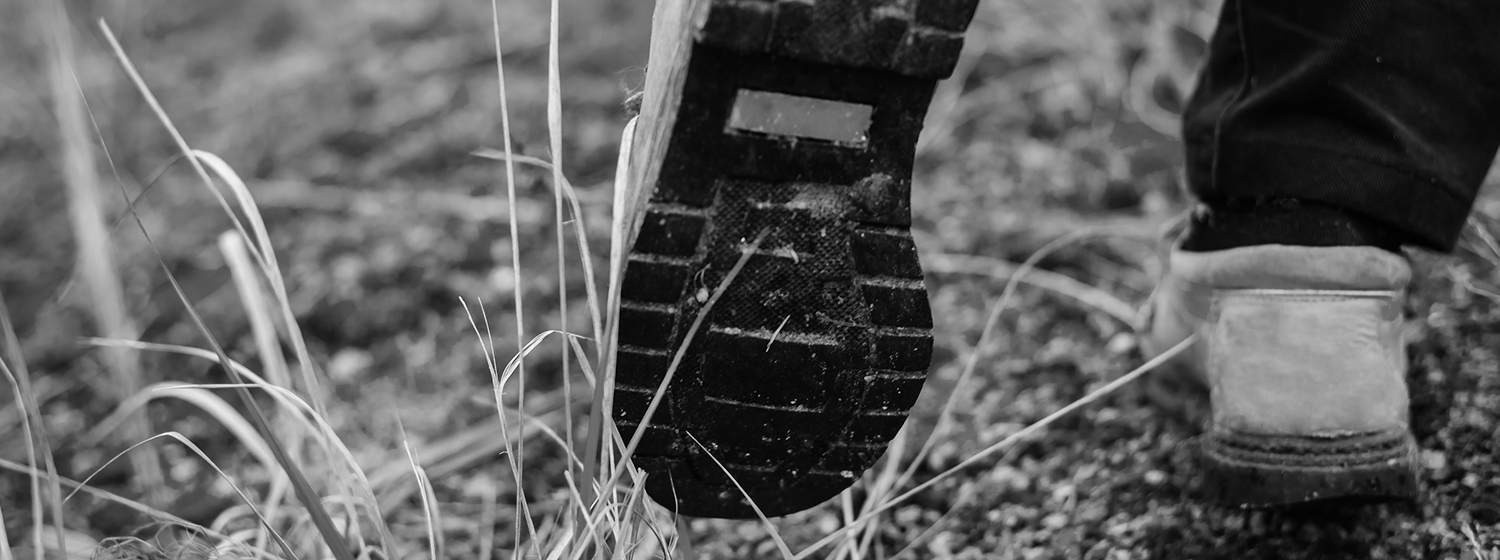We’ve talked in the past about archetypes that unite humans almost since the beginning of time. And connectivity is certainly key when it comes to boosting attendance and offering value. But let’s pause for a moment to look at our differences—the things that set us apart, the things that don’t quite fit the mold—and how we might exploit those to make even more meaningful connections.
A Unique Proposition
As marketers, we know that it’s tough for a brand to survive without a unique selling proposition, or USP. You need to convince your audience that you offer something no one else can, or that you offer better value or higher quality, for example. When you have a solid sense of your USP, it subtly oozes out of your marketing materials and design elements, your team, and your events.
The benefits of a truly unique USP are many: People will remember you. Your internal team will feel more connected to each other and to your association’s success. You’ll find your target audience faster because they will know exactly who you are and what you stand for. And they’ll probably be more loyal because they feel more connected to you.
What’s unique about your association that could serve as a major benefit to your members? Are you explicitly communicating this difference?
The WHY
We’ve mentioned before that explaining WHY you do what you do can forge a real emotional connection with your base. Why was your association founded? What situation moved founders to create it?
Often the unique passion and motivation behind the birth of your association resonates with members.
How might your story help members see the motivation behind your association—and the same passion that continues to drive it today?
Expose Yourself
Exposing vulnerabilities or revealing your Achilles heel (LINK to Achilles heel post) can be a key differentiator that facilitates deep, meaningful connections with your audience.
Did your association fail miserably in a certain endeavor before finally succeeding? Were you forced to lay off staff during the height of the recession? Did you miss the mark on attendance numbers at this year’s annual conference? Talk about it! Who hasn’t failed at something? Only when you reveal your authentic, imperfect self can others truly see you and connect with you. They can relate. And they’re likely to be more engaged with your association as a result.
Our differences make us loveable, unique, and memorable. They help us make meaningful connections with others who appreciate our differences and can relate to them. Celebrating our quirks can also unite our internal team under one freaky banner. Yes, you might anger some people and alienate others, but—more importantly—you’ll also win fans and boost loyalty. And with the constant barrage of marketing messages hitting your base daily, forgettable is the worst thing you can be.
Share this post in LinkedIn:
NOT ANOTHER SNOOZELETTER.
SIGN UP. BE INSPIRED.